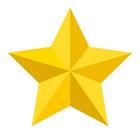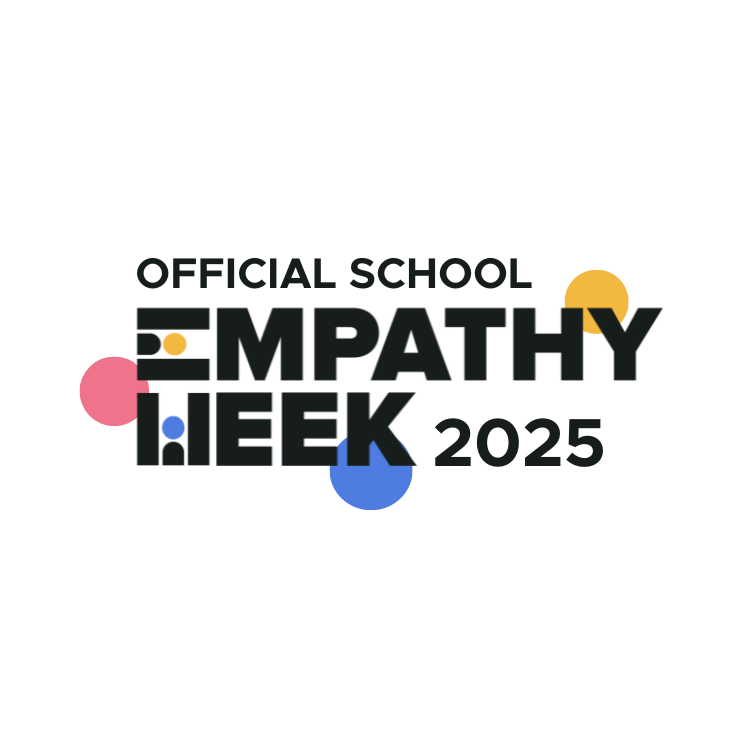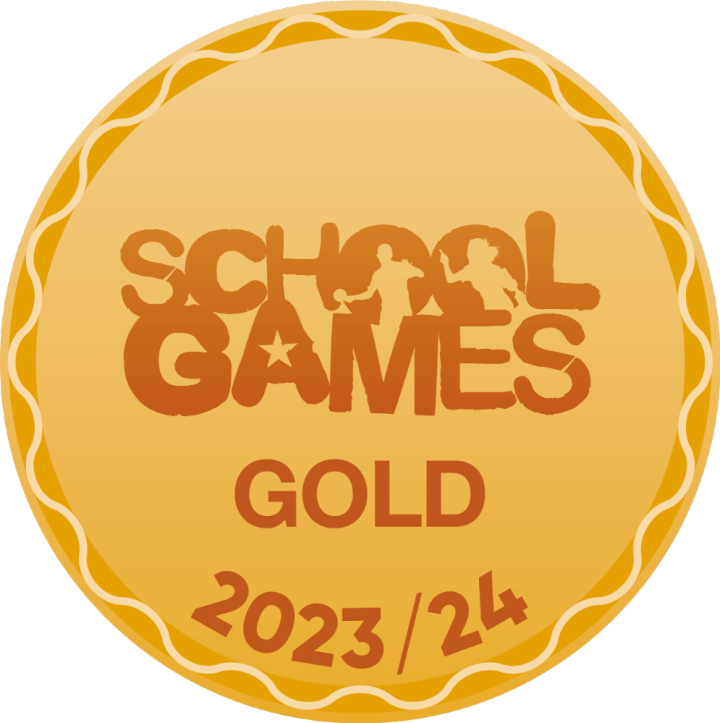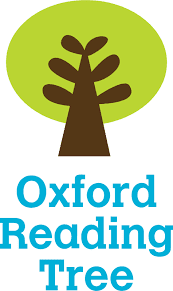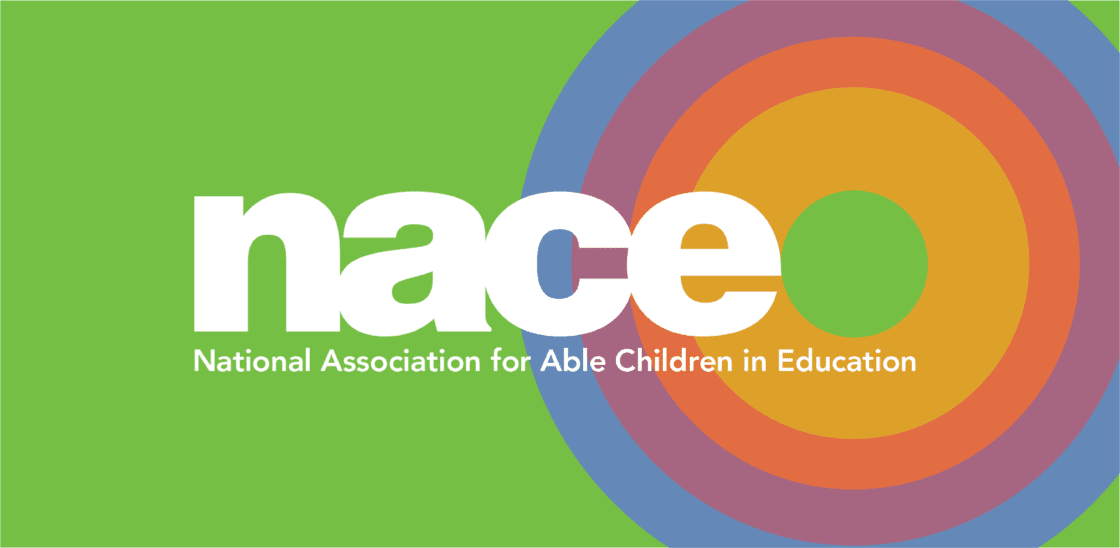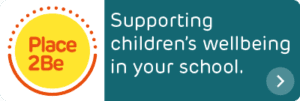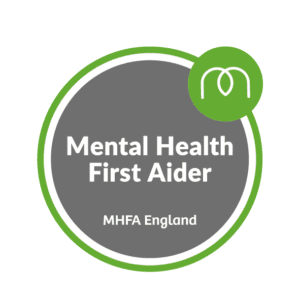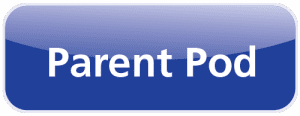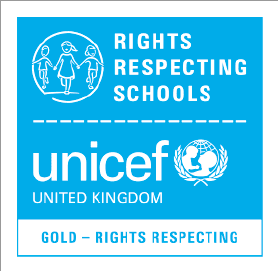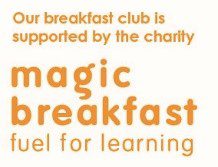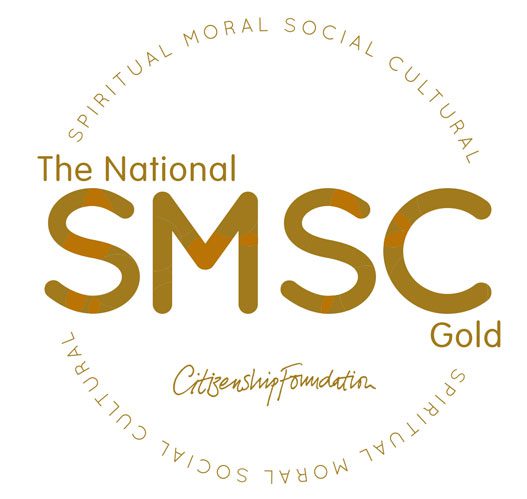Art and Design
This should be read in conjunction with the CRC and Respectful Relationships Policy.
CRC Article 28: All children have the right to a good quality education.
CRC Article 29: All children have the right to have their talents developed.
All policy and practice in Timothy Hackworth Primary School respects children’s dignity.
Our Intent, Implementation and Impact in Art and Design
Intent
Our Art and Design curriculum promotes curiosity and empowers children to be independent and resilient artists and designers, who are able to express themselves fluently and confidently in a variety of different ways.
Art and Design teaching at Timothy Hackworth Primary School instils an appreciation and enjoyment of the visual arts. The children are given opportunities to explore ideas and meanings through studying the work of artists and designers. Through learning about the roles and functions of Art and Design, they can explore the impact it has had on different periods and cultures and on contemporary life.
We strive to ensure that our pupils have the opportunity to demonstrate resilience, resourcefulness, reflectiveness and reciprocity and have the ambition to be successful learners.
Through a high quality, safe and challenging Art and Design teaching sequence, the school aims to develop successful learners, confident individuals and responsible citizens who develop as independent enquirers, creative thinkers, reflective learners, team workers, self-managers and effective participators.
We aim for our children to:
- have the confidence, skills and experiences necessary to be able to communicate their ideas in order to produce creative Art and Design work;
- be given opportunities to experience a wide, balanced and progressive range of Art and Design activities;
- become proficient in drawing, painting, sculpture and other art, craft and design techniques;
- be able to analyse and evaluate creative works using the language of art, craft and design;
- know about great artists, craft makers and designers, and understand the historical and cultural development of their art forms;
- make links to future aspirations and goals.
Implementation
Our Art and Design Curriculum is based upon a clear and comprehensive overview that shows progression of skills across all key stages within the strands of Art and Design. Our Art and Design Curriculum has been designed to cover all of the skills set out in the National Curriculum 2014. Sequences of learning are carefully planned to be progressive and build upon prior knowledge.
Early Years Foundation Stage
Expressive Arts and Design is a Specific Area in Early Years and has two Early Learning Goals within this: Exploring and Using Media, and Materials and Being Imaginative.
Pupils explore and use a variety of media and materials through a combination of child initiated and adult directed activities. They have opportunities to learn to:
- safely explore and use a variety of artistic effects to express their ideas and feelings and build on prior learning to develop their artwork;
- respond to a range of media and materials and develop their understanding of them in order to manipulate and create different effects;
- express their own ideas using different media and materials;
- explore and use colour and colour mixing for a particular purpose;
- develop skills to use simple tools and techniques competently and appropriately;
- select appropriate media and techniques and adapt their work where necessary;
- work collaboratively, share their artwork and talk about the process they have used.
Key Stage 1 and Key Stage 2
Units of work are taught over a half term and are sequenced to build upon prior knowledge. Units of work are sequenced to ensure children explore a particular aspect in depth, making it accessible for all children. Artists and designers from different eras are studied throughout the school to give the children a balanced knowledge and understanding of Art and Design concepts and skills.
Each unit of work starts by introducing the artist or designer and Art or Design form to be studied. Children will then dig deeper to learn about the background of the subject. They will use a range of materials and media to develop Art and Design techniques in the style of the subject studied to produce a piece of work. At the end of each unit, they will use evaluation to make links and comparisons between theirs and the subject studied. Sketch books will be used to further develop techniques when there is no designated topic.
Sketchbooks
Each child has their own sketchbook in which they can record ideas, practise new techniques and further refine their skills. Having a sketchbook gives the children the opportunity to study an existing piece of art or design, create a constructive, reflective critique and to use these ideas to develop their own piece of related work, enabling pupils to show resilience and dedication to complete the project to the best of their ability.
Children in KS1 are given the opportunity to:
- create sketchbooks to record their observations;
- use a range of materials creatively to design and make products;
- use drawing, painting and sculpture to develop and share their ideas, experiences and imagination;
- develop a wide range of Art and Design techniques using colour, pattern, texture, line, shape, form and space;
- learn about the work of a range of artists, craft makers and designers, describing the differences and similarities between different practices and disciplines, and making links to their own work.
As the children progress, they are taught to develop their techniques, including their control, and use of materials, with creativity, experimentation and an increasing awareness of different kinds of art, craft and design. Children in KS2 are given the opportunity to:
- create sketchbooks to record their observations and use them to review and revisit ideas;
- improve their mastery of Art and Design techniques, including drawing, painting and sculpture with a range of materials, for example, pencil, charcoal, paint and clay;
- learn about great artists, architects and designers in history.
Impact
The impact of our school approach will enable our pupils to:
- understand what being an ‘artist’ and a ‘designer’ means;
- have the confidence, skills and experiences necessary to be able to communicate their ideas in order to produce creative Art and Design work;
- become proficient in drawing, painting, sculpture and other art, craft and design techniques;
- develop Art and Design techniques using a range of materials and media;
- be able to analyse and evaluate creative works using the language of art, craft and design;
- have knowledge about great artists, craft makers and designers, and understand the historical and cultural development of their art forms;
- think critically and develop the ability to interpret the world around us;
- use personal skills and qualities, including resilience, resourcefulness, reflectiveness and reciprocity which are necessary in order to overcome barriers;
- make links to future aspirations and goals.

